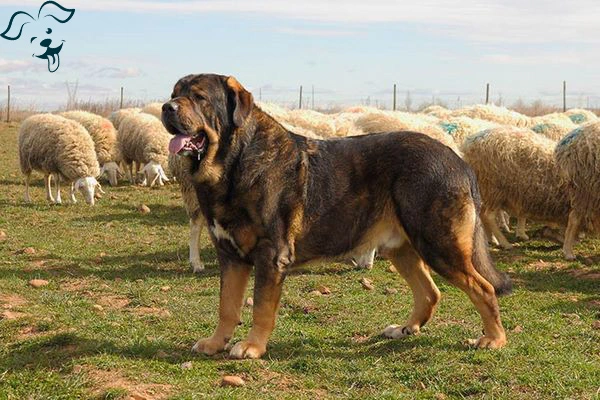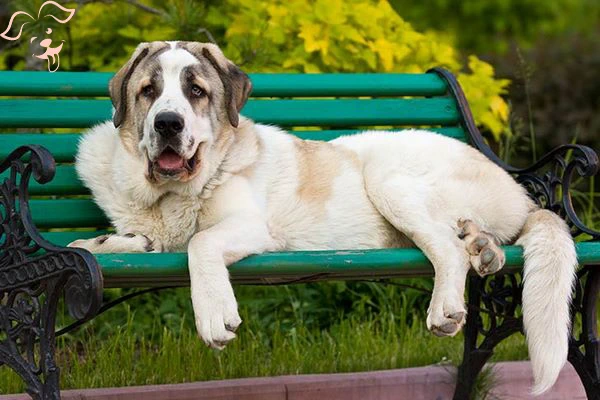Although some canines might encounter health issues throughout their lifetime, the majority of Spanish Mastiffs are robust and healthy. By partnering with a reputable breeder, potential owners have the opportunity to become well-informed about any particular health risks associated with the breed. This knowledge is crucial for ensuring a healthy and happy life for their Spanish Mastiff. Health Assessment Recommendations from the Breed's National Association: |
Spanish Mastiff
ATTRIBUTES: Intelligent, Affectionate, Kind
GROUP: Foundation Stock Service
ACIVITY LEVEL: Energetic
BARKING LEVEL: Infrequent
COAT TYPE: Smooth, Double
COAT LENGTH: Short
SHADDING: Seasonal
SIZE: Xlarge
TRAINABILITY: May Be Stubborn
CHARACTERISTIC: Best Dog Breeds For Kids, Largest Dog Breeds
Breed Overview

Ancestry
Molosser Dog

Origin
Spain

Registration
2008

Size
Minimum 28 - 35 Inches

Weight
140 - 200 Pounds

Expected Life
10 - 12 Years
























FRIENDLINESS
LIVELINESS
VIGILANCE INTENSITY
ADAPTATION CAPACITY